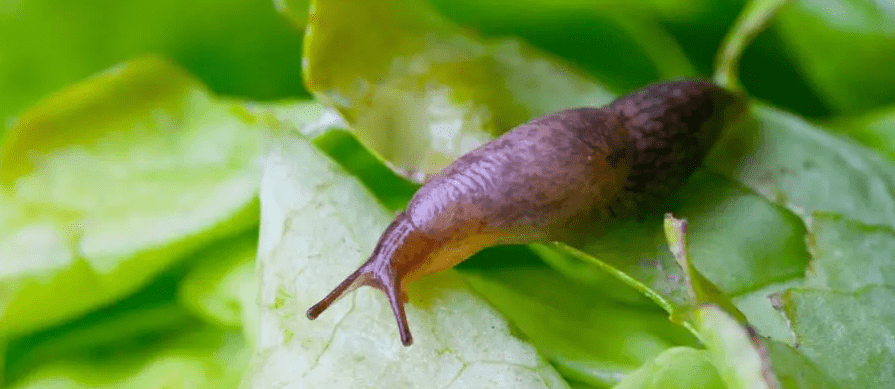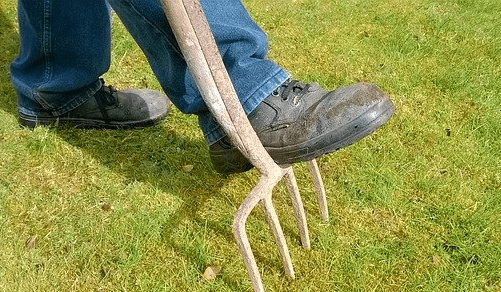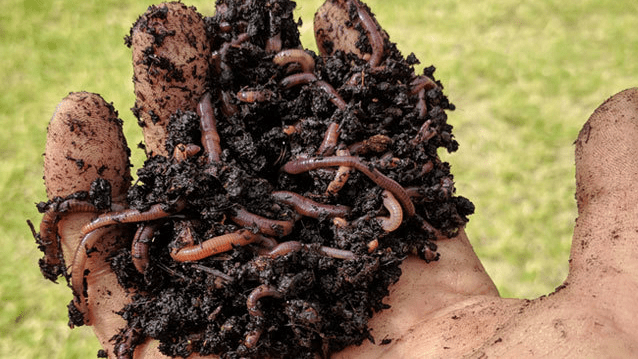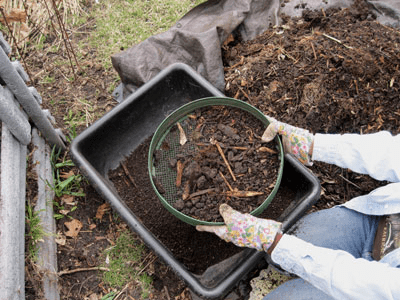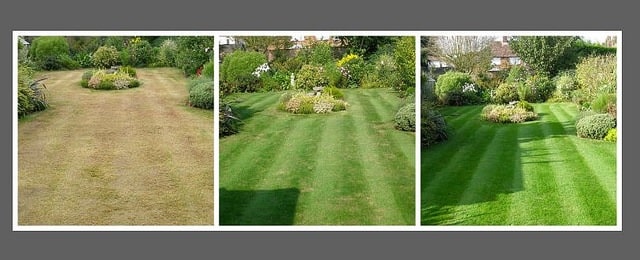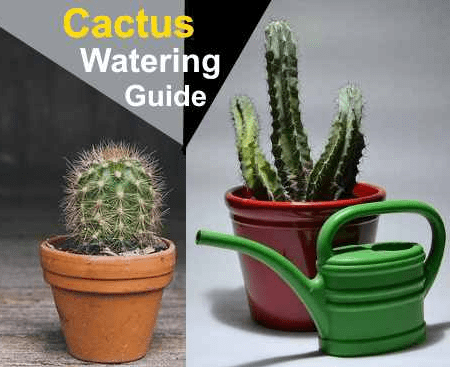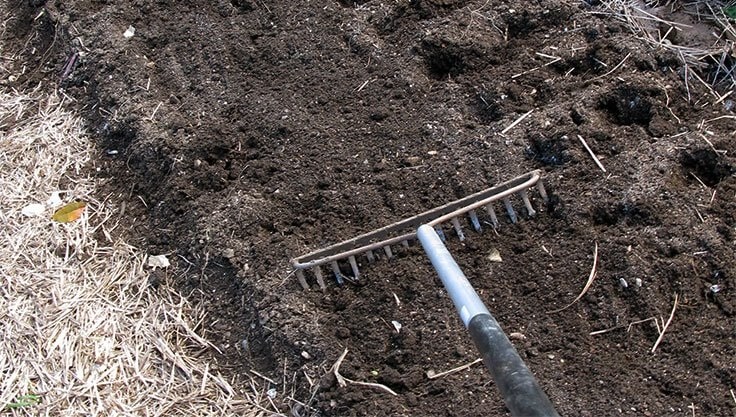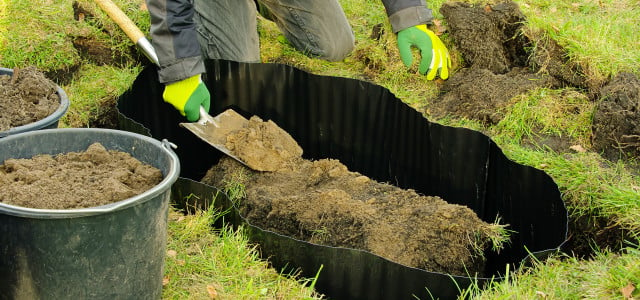
With a root barrier, you can bring strongly growing shrubs and plants under control. We’ll show you how the rhizome barrier works and how to install it properly.
Some lush growing plants, such as bamboo, often produce uncontrolled root runners. The best way to keep these in check is with a root barrier. Without this barrier, the so-called rhizomes can quickly crowd out their plant neighbors and even lift floor tiles. We’ll show you how to use a root barrier to prevent prolific plants from taking over your entire garden.
Contents
Root barrier: How it works
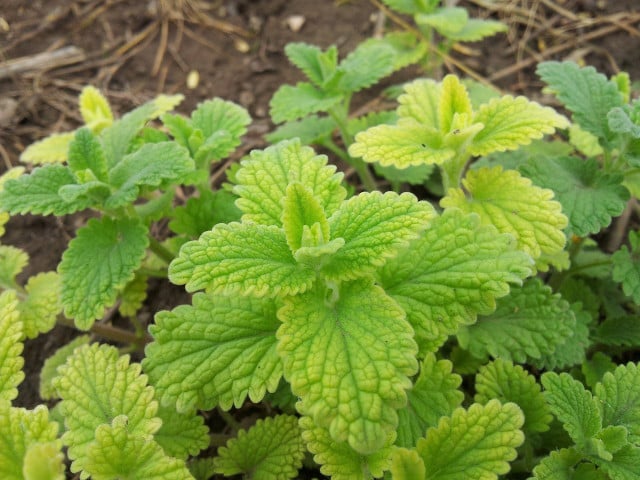
With a root barrier you prevent plants from spreading uncontrollably in your natural garden. Some plants form root runners, so-called rhizomes, which spread very quickly underground and can even pierce pond liners. In addition, such fast-growing plants displace other plant cultures through their runners.
In specialized trade root barriers are usually sold as foil in rolls. The film, which is about two centimeters thick, is usually made of polyethylene. However, this has the disadvantage that it is very durable and cannot be degraded by nature. An alternative: Root barriers made of polypropylene cannot be decomposed naturally either, but this material is easier to recycle. It’s best to ask your garden supply store for rhizome barriers made of recyclable material. Alternatively, you can get recyclable root barriers at **Amazon.
More sustainable alternatives to the plastic root barrier are, for example:
- Concrete slabs
- disused mortar tubs (for small plants)
- old metal tubs
How the root barrier works
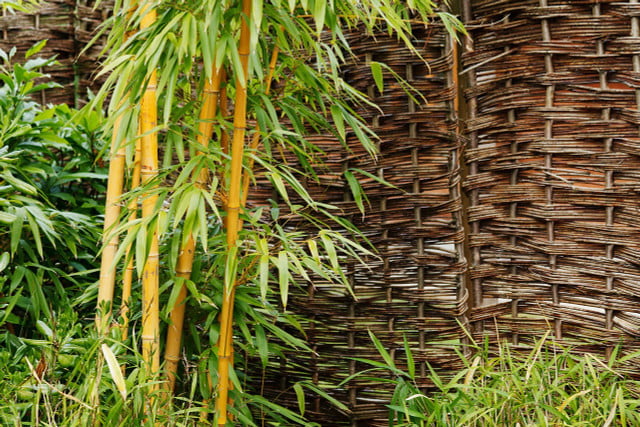
With a rhizome barrier, you limit the area in which your plants are allowed to form their runners. In order for the root barrier to really withstand the strong rhizomes of bamboo and co., it must have several properties:
- Strength: The stronger and harder the material of the root barrier is, the more difficult it is to be penetrated by the powerful rhizomes.
- Frost resistance: even in severe frost, the root barrier should be winterproof and not break or leak.
- Insensitivity to sunlight: The root barrier is most effective if you also place it above ground. Therefore, the film should be robust against blazing sun (UV radiation).
- Safe from rodents: Make sure the film is strong enough not to be eaten by voles and other rodents.
- Pollutant-free: the root barrier should prevent plants from spreading uncontrollably. To make sure the root barrier doesn’t cause any damage, you should only buy materials that don’t contain pollutants.
Root barrier: For which plants is it necessary?

Not every plant needs a root barrier. Fortunately, you only need to resort to this measure for a few plants. Stoloniferous plants include:
- Bamboo: Bamboo grows extremely fast and its powerful rhizomes can even burst clay and ceramic pots. Therefore, if you want to plant bamboo, you should install a root spear in the planting hole right at the beginning. Because once the plant has spread, it’s hard to get rid of the rhizomes.
- Raspberry and other ornamental shrubs: Because of their sweet fruit, raspberries are popular with amateur gardeners. However, the flat-rooted plant also forms rhizomes very quickly, which can take over the entire garden. Blackberry, buckthorn and hawthorn also spread their root network with runners.
- Mint: Without a root barrier, mint will quickly spread throughout the garden. It is important that the barrier also rises about ten centimeters above the ground so that the herb does not spread above ground.
- Vinegar tree: the vinegar tree forms an extensive root network. Either keep it in a container or build a root barrier at least 40 centimeters deep in the soil to stop its runners.
Installing a root barrier correctly – instructions
The best way to control runners from your plants is to include the root barrier when you plant them. To do this, you will need the following items:
- a root barrier made of recyclable plastic
- a special locking bar for root barriers made of stainless steel
- a spade
- a cordless drill
How to use the root barrier correctly:
- Find a suitable location for the plant and measure the area you want to give your plant. Bamboo, for example, should have at least eight square meters of space. It is best to mark out the area with a rope.
- Now dig the marked area with the spade. The hole should be between 60 and 80 centimeters deep. Plan the hole to be too large rather than too small, as the plant may die if you give it too little space.
- Make sure that the planting hole narrows towards the bottom. This way you can reduce the growth of the roots.
- Examine the excavated soil for stones and sort them out. This is because they could cause cracks in the foil of the root barrier if they are displaced by the growing plant.
- Now insert the root barrier so that it forms a ring that completely surrounds the planting hole. Let the film protrude about five inches from the ground to prevent the roots from growing over the edge of the barrier.
- Finally, secure the root barrier at the ends with a locking strip.
- Insert the plant and refill the hole with the excavated soil.


